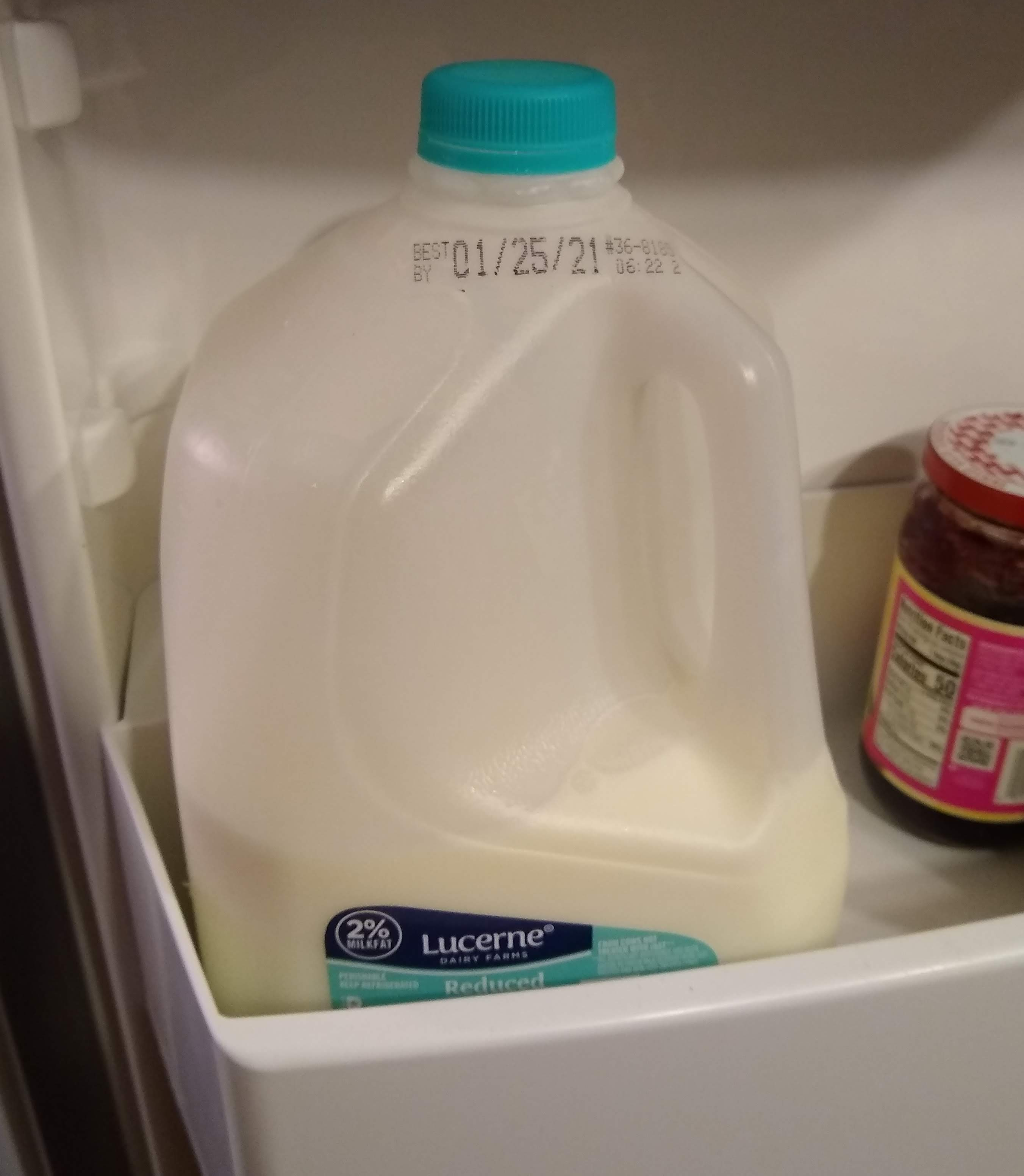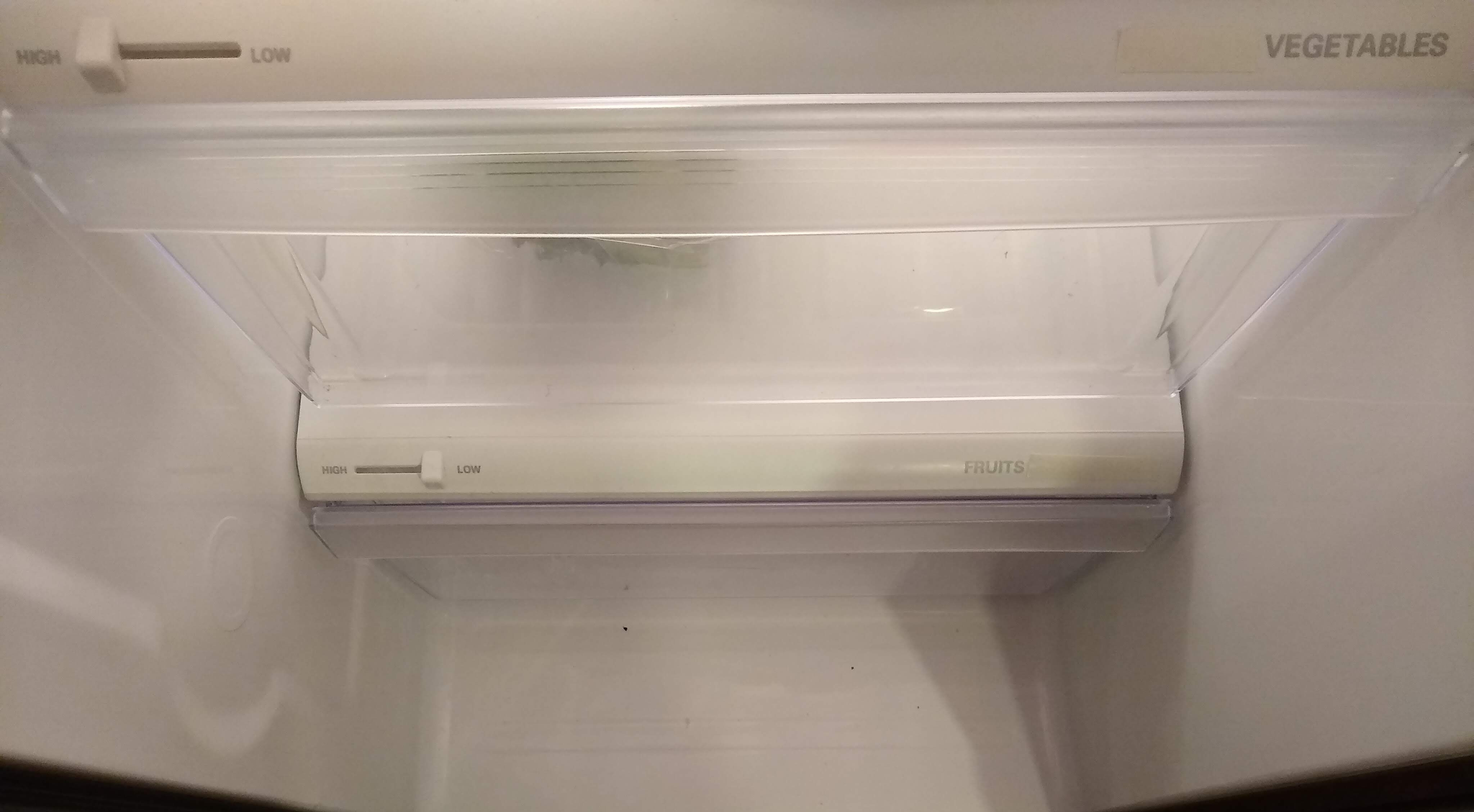1. Keeping Milk (and other perishables) on the Door
It’s crazy, I know. Milk on the door is just so convenient. But unless you are drinking it very rapidly, milk should actually be kept in the main part of the fridge. The door is the warmest part of the fridge and should be reserved for those items that can tolerate the “heat”. Things like pickles or sauces.
2. Throwing Things Out Before They’ve Gone Bad
If you’ve never worked in the restaurant business, I hate to break it to you, but items aren’t kept for 3 days only. They aren’t even kept for a week only. Restaurants keep items around sometimes for up to 14 days. No, no, this isn’t bad news! This is good news! It means that food lasts longer than you might think, especially when stored properly. Food does go bad, especially if it’s not been cooked. But cooked food can last much longer than the average person would think. If it smells fine, looks fine, and feels fine, it’s probably fine!

3. Not Setting the Humidity Levels Correctly for Your Fruits and Veggies

Please tell me you use separate drawers in your fridge for fruits and veggies. You’re not just throwing them willy-nilly into the bins, are you? Veggies and fruits prefer different levels of humidity to keep them fresh. Veggies (or things that wilt) should be kept in a drawer by themselves (preferably in green bags, if you have them – or if you don’t and want to buy some, you can grab them here) and should be set to the highest humidity setting. Fruits (or things that rot), on the other hand, prefer low humidity. If your refrigerator has only one drawer, prioritize the veggies at high humidity and leave the fruits in the main part of the fridge.
4. Not Refrigerating Things Quickly Enough
Are you someone who “lets things cool” before putting them in the fridge? I thought so. And there is nothing wrong with allowing food to come down in temperature a little bit before putting it into your nice cold fridge. However, you don’t want to let things get to room temperature before refrigerating them. “Room temperature” is the perfect temperature for bacteria to thrive. They don’t like it hot and they don’t like it cold – they are the Goldilocks of food. So don’t give them the opportunity! Be sure that you are refrigerating leftovers before they get too cold to be hot. And be sure to put items you’ve taken out of the fridge back before they’ve gotten too hot to be cold.
5. Refrigerating Things that Don’t Need to be Refrigerated
Let’s be real. For most people, fridge space is a hot commodity. There just doesn’t seem to be enough of it. Why won’t that last item fit? Well, probably because your fridge space is being eaten up (pun intended) by items that don’t actually need to be refrigerated. Go to your fridge right now. Are there tomatoes in there? What about peanut butter? Ketchup? Alcohol above 20%? If you said yes to any of these, go ahead and take them out! Put those items in your pantry or on your counter because they don’t actually need to be refrigerated. That fridge space will be much better used for items that are actually perishable and need to be kept cold.
Did we forget something? What other things are people doing wrong in their fridge? Or elsewhere in the kitchen? Let us know in the comments below.
